A historian who is familiar with the changes of the past and the present
Overview
Chinese Name: 司马迁
English Name: Sima Qian
Other Names: Shi Qian 史迁, Lord Grand Historian太史公
Born: 145 BC or 135 BC
Died: Unknown
Achievements:
Compile Shiji 编著《史记》
Creating the biographical literature 开创纪传体史学
Main Works:
Shiji 《史记》
Report to Ren Shaoqing 《报任少卿书》
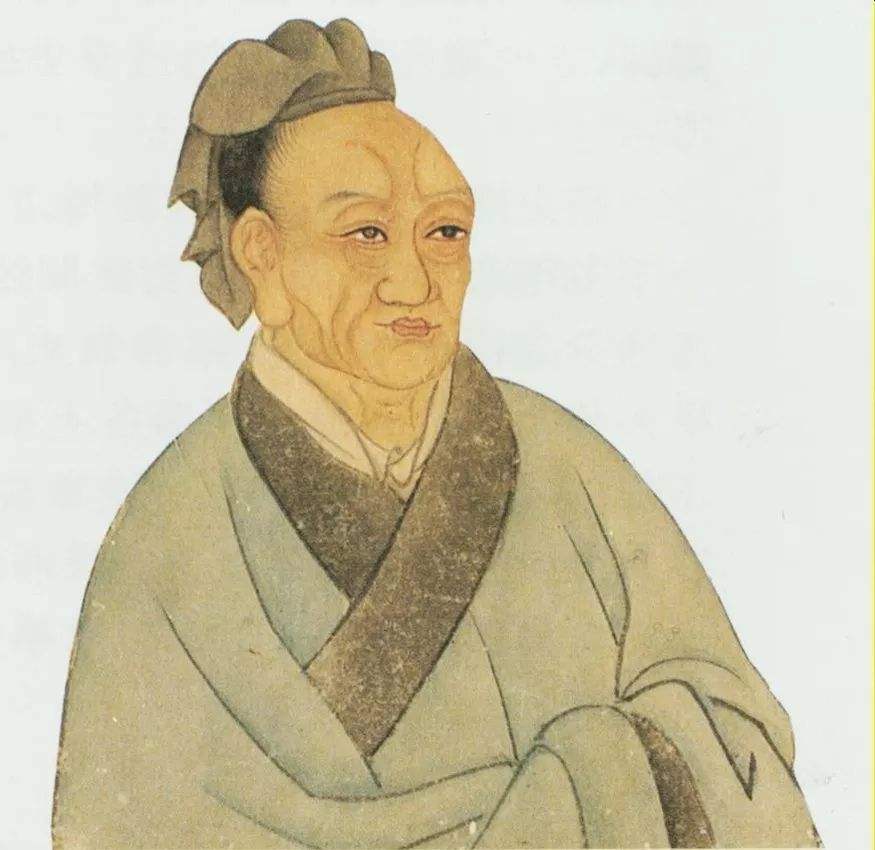
Brief Biography of Sima Qian
Sima Qian was a historian, writer, and thinker in the Western Han Dynasty 西汉. He served as Taishi Ling 太史令 and was honored by later generations as Shi Qian 史迁, Taishi Gong 太史公 and the father of history 历史之父.
Sima Qian (145 BC or 135 BC ~ unknown), courtesy name Zi Chang 子长, the son of Sima Tan 司马谈, was born in Longmen 龙门 (Xia Yang 夏阳 in the Western Han Dynasty, which is now Hancheng City 韩城市 in Shaanxi Province 陕西省, or Hejin City 河津市 in Shanxi Province 山西省).
In his early years, Sima Qian was educated by Kong Anguo 孔安国 and Dong Zhongshu 董仲舒. He roamed all over the country to understand customs and collect rumors. In the beginning, he served as a Langzhong 郎中 and was sent to the southwest. At the age of 28, he served as Taishi Ling 太史令, inherited his father’s career and wrote history. Later, he was punished for defending Li Ling 李陵’s defeat by the emperor Wu of the Han Dynasty 汉武帝 and was transferred to Zhongshu Ling 中书令 to continue to complete his historical books.
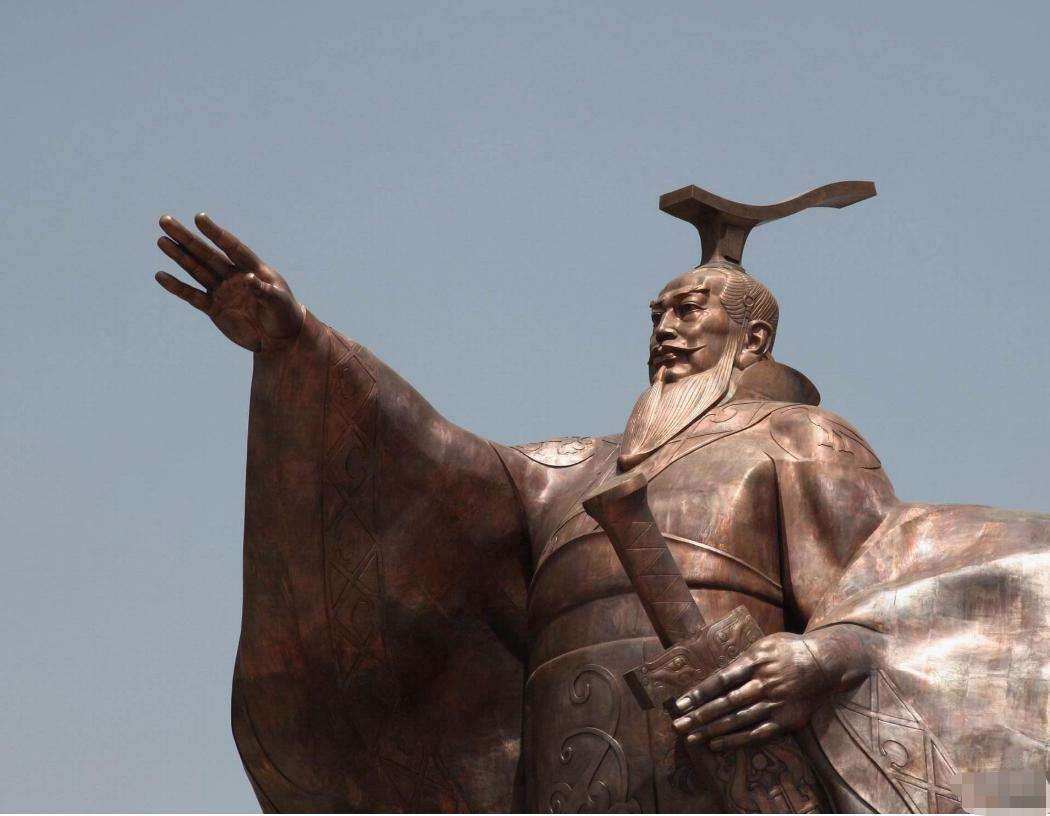
Personal Life and Major Contributions
Study and travel around the world
After getting a little older, Sima Qian left his hometown of Longmen and came to Chang’an 长安, the capital. At this time, Sima Qian had made some achievements in his studies, so Sima Tan instructed Sima Qian to visit all the rivers and mountains to collect the relics, ancient events and lost news.
Sima Qian began to travel around the world at the age of 20. He set out from Chang’an, the capital, to the southeast, went out of Wuguan 武关 to Wan 宛, and went south to Xiangfan 襄樊 to Jiangling 江陵. He crossed the river, followed the Yuan River 沅水 to Xiangxi 湘西, and then turned southeast to Jiuyi mountain 九疑山. Then went north to Changsha 长沙, paid tribute to the Quyuan 屈原 sink in Miluo 汨罗, crossed the Dongting 洞庭, went out of the Yangtze River 长江, and went east.
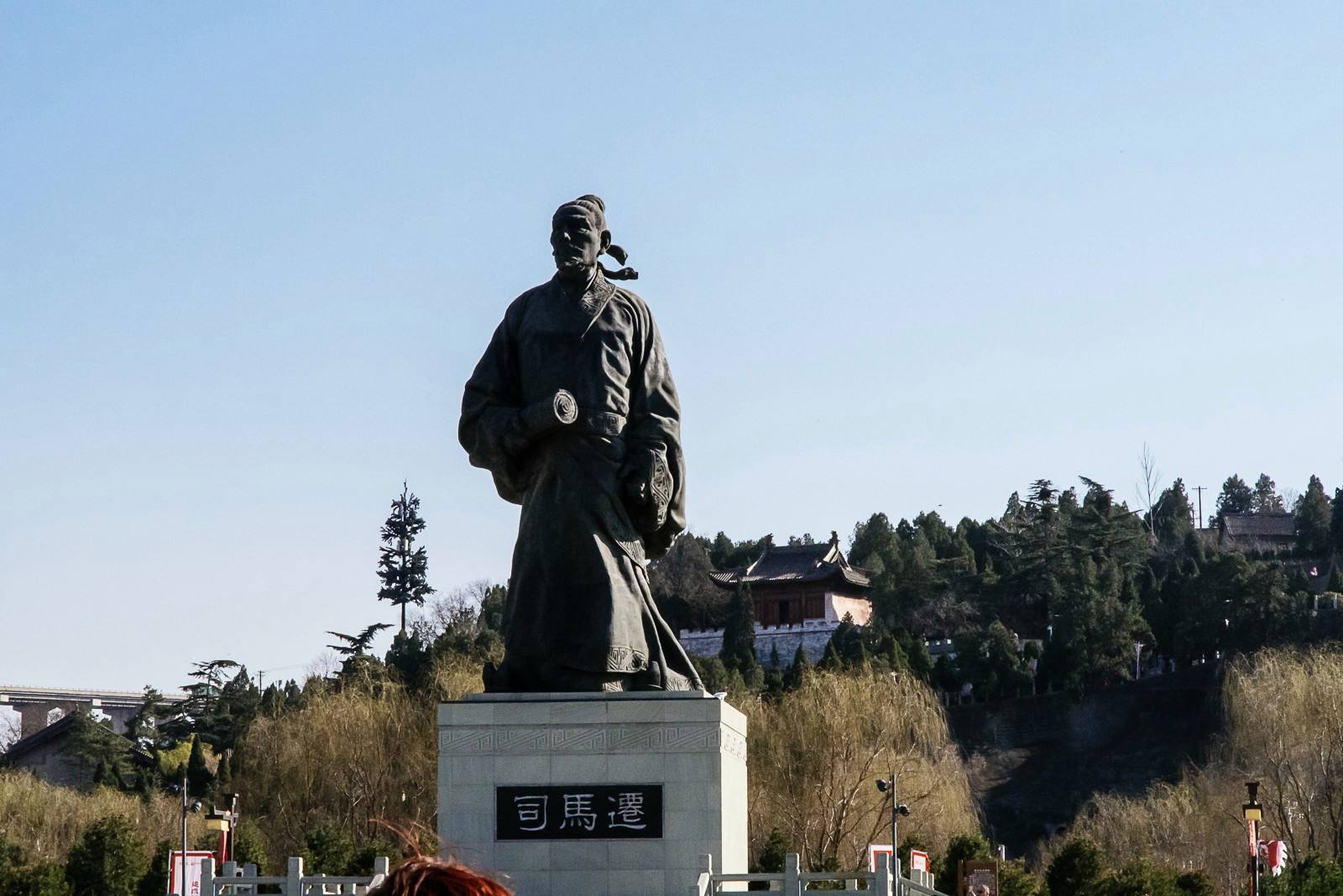
He climbed Lu Mountain 庐山, viewed Yu 禹’s dredging of nine rivers, and go to Qiantang 钱塘. After that, he crossed the river in the north, crossed Huaiyin 淮阴, went to Linzi 临淄 and Qufu 曲阜, inspected the culture of Qilu 齐鲁 region, observed the legacy of Confucius 孔子. Then, he went along the hometown of historical figures in the Qin and Han Dynasties and the battlefield of Chu and Han Dynasties, passed through Pengcheng 彭城 and went to Liang 梁 (now Kaifeng 开封, Henan Province 河南省), and returned to Chang’an, where his father Sima Tan, who was the imperial historian at that time.
Return to Changan as an official
Because of his father Sima Tan, Sima Qian returned to Changan and became a Langzhong 郎中.In the 6th year of Yuanding 元鼎 of Emperor Wudi of the Han Dynasty 汉武帝 (111 BC), He Yi 何遗, the Marquis of Chiyi 驰义侯, was ordered to pacify the southwest Yi 西南夷. Zhonglang general 中郎将 Guo Chang 郭昌 and Wei Guang 卫广 led the troops to break through the Qielan 且兰 and pacify the South Yi 南夷.
Yelang 夜郎 was so shocked that he invited himself to the court to be the minister. The Han Army also killed Qiongjun 邛君 and Zhuohou 笮侯 . Ran Pang 冉駹 was frightened and asked to submit and set up officials. Subsequently, Emperor Wu of the Han Dynasty set up five commanderies in the southwest Yi: Wudu 武都, Zangke 牂柯, Yuehu 越巂, Shenli 沈黎 and Wenshan 文山.
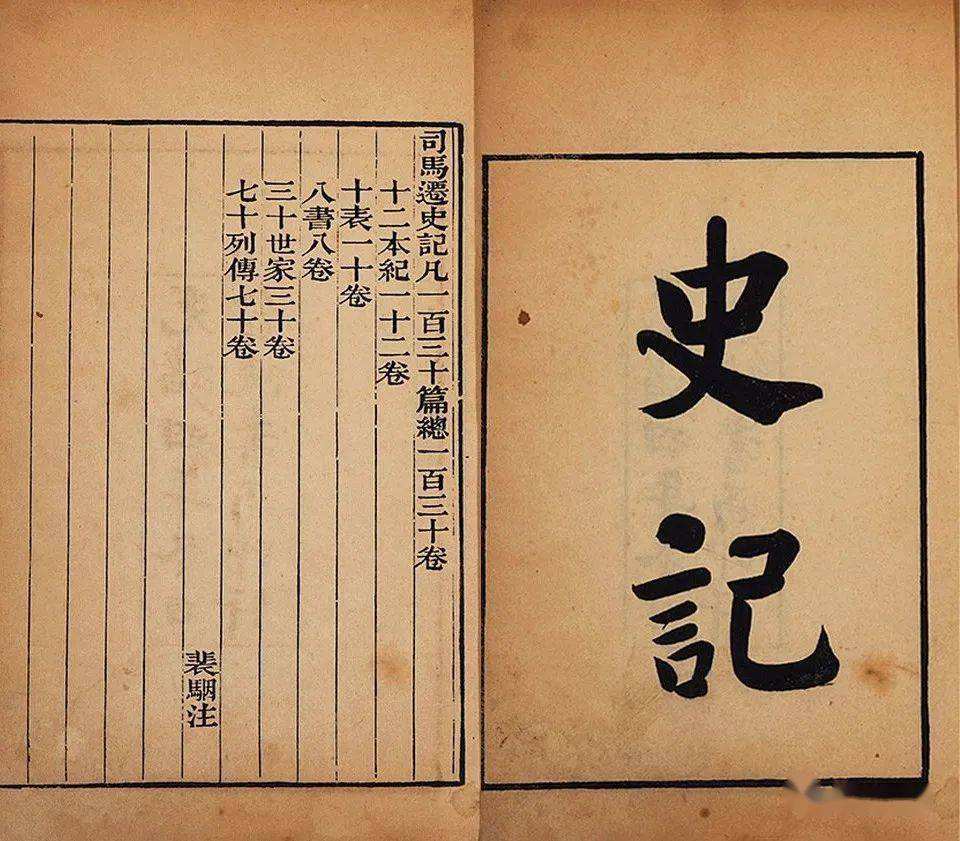
At this time, Sima Qian, who was traveling eastward with Emperor Wu of the Han Dynasty to visit the Gou family 缑氏, was sent to the southwest again after Tang Meng 唐蒙, Sima Xiangru 司马相如 and Gongsun Hong 公孙弘, and was sent to the south of Ba and Shu 巴、蜀 to plan the construction of the new Commandery.
Compile Shiji
With great historical knowledge, Sima Qian created China’s first chronicle of general history, Shiji 史记 (formerly known as Taishi Gongshu 太史公书), which is recognized as a model of Chinese history books. The book records a history of more than 3000 years from the period of the Yellow Emperor 黄帝 in the ancient legend to the fourth year of the reign of Emperor Wu of the Han Dynasty 汉武帝. It is the first of the “twenty-four histories 二十四史” and is praised by Lu Xun 鲁迅 as “the masterpiece of historians and the rhymeless Lisao 史家之绝唱,无韵之离骚”.
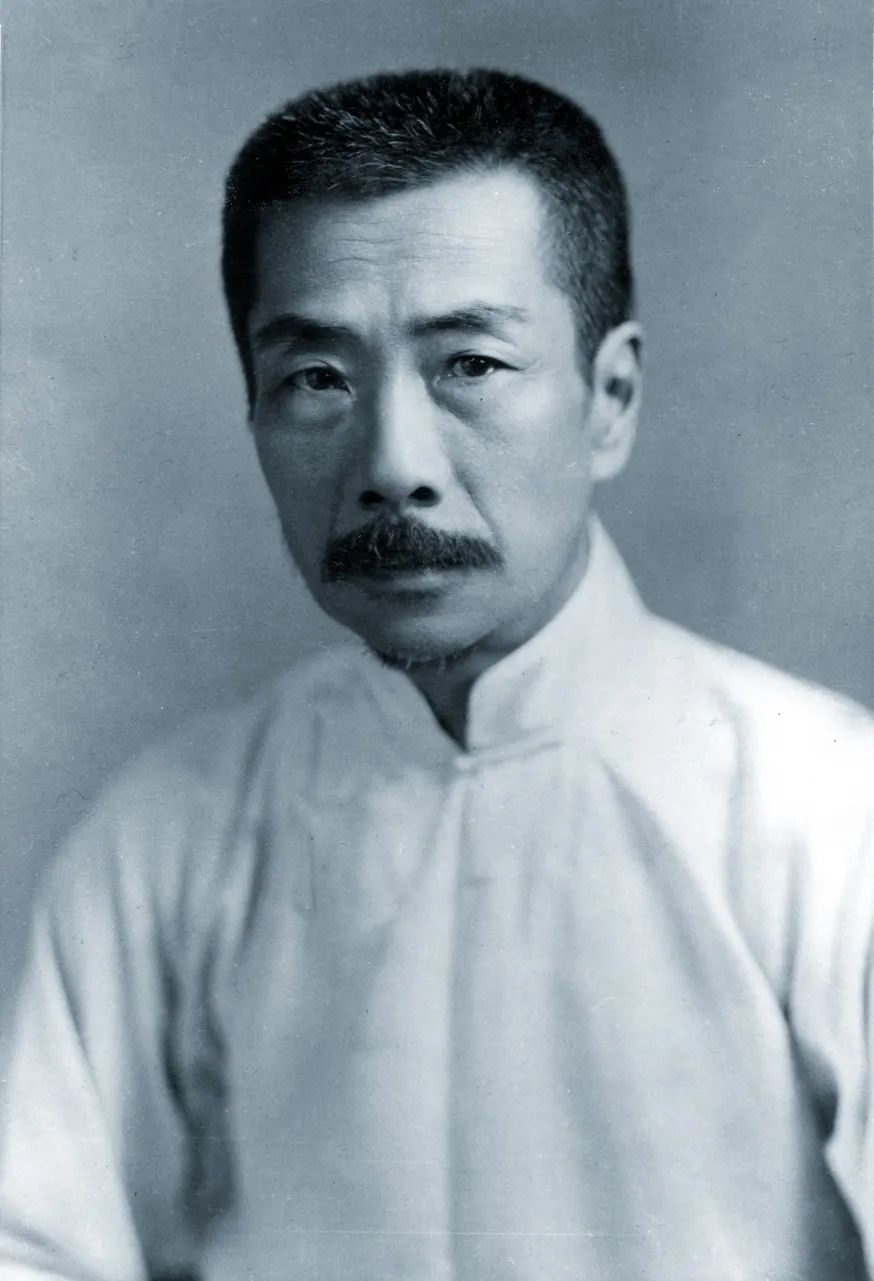
Sima Qian had a daughter who married to Yang Chang 杨敞. When Liu Fuling was the Emperor Zhao of the Han Dynasty, Yang Chang was once the prime minister. He has two sons with Sima Qian’s daughter, the eldest son Yang Zhong 杨忠 and the youngest son Yang Yun 杨恽.
Yang Yun was smart and eager to learn since he was young. His mother took out Shiji 史记, which she cherished and loved, and gave it to him to read. When Yang Yun first read this book, he was attracted by the contents of the book and couldn’t put it down. He read it word by word and piece by piece with great care. When Yang Yun was an adult, he read it several times. Every time he read it, his eyes filled with tears and he sighed.
At the time of emperor Xuandi of the Han Dynasty 汉宣帝, Yang Yun was granted the title of Marquis Pingtong 平通侯. At that time, he saw that the government was clean and bright. He thought that his grandfather Sima Qian’s great work was just at the time of seeing the sun again. He wrote to Emperor Xuandi of the Han Dynasty and presented the Shiji 史记. From then on, people all over the world could read this great historical work.